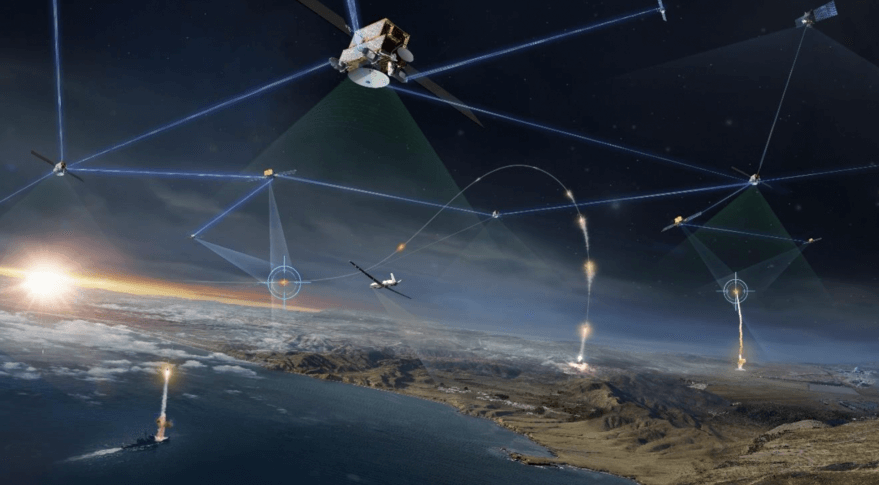WASHINGTON — Facing a tight schedule to launch 28 satellites between September 2022 and March 2023, the Space Development Agency and its contractors have had to scramble to deal with parts shortages and other supply chain problems that have affected the entire space industry.
Some satellite programs have been impacted by delays in the deliveries of microprocessors and focal planes arrays but SDA mostly has had to contend with a shortage of lower-end items, the agency’s director Derek Tournear said May 17.
“What caught us off guard were some of the lower level components that you didn’t expect to have problems with — resistors, cables, connectors, things that you would expect are always a little difficult but usually you can control,” Tournear said at a Potomac Officers Club online event.
Tournear credited SDA’s satellite manufacturers for having “a pretty good handle from the beginning. They knew from day one that the supply chain would be a risk factor for those space qualified parts.”
Lockheed Martin and York Space Systems are each producing 10 communications satellites for SDA’s Transport Layer Tranche 0. L3Harris Technologies and SpaceX are each making four infrared sensor satellites for the Tracking Layer Tranche 0.
SDA plans to launch its first 14 satellites in September. “Basically we have zero days of margin for that launch,” Tournear said.
An item of concern right now are Ka-band radios needed for the satellites, Tournear said. “Our risk items are our Ka radios. We’re having a difficult time getting our radios built and delivered in time. And that’s because of the internal components that are going into those.”
Optical crosslink terminals used to pass data from satellite to satellite also are experiencing production delays, he said.
“We’ve had to shift around different vendors.” Lockheed Martin and York Space even agreed to share parts, Tournear said. “Our Transport Layer performers have been extremely helpful in sharing parts between one another.”
“One vendor had radios ahead of schedule that they didn’t need until the second launch. The other vendor had optical crosslinks come in ahead of schedule, but they didn’t need them until the second launch,” he said. “And they were willing to actually share those with each other so that we hit our launch on time.”
Tournear said that “sort of competitive camaraderie is kind of rare, but they’ve been able to do that. And that’s helped.”
Additionally, SDA has reached out to other government agencies to borrow components, he said. “And that’s how we’re able to continue towards this Tranche 0 timeline.”
Looking ahead to the much larger Transport Layer Tranche 1 – with Lockheed Martin, York Space and Northrop Grumman each under contract to produce 42 satellites, “we anticipate the same difficulties,” said Tournear.
On the plus side, “suppliers know what’s coming” so they are likely to be better prepared, he said. “Now the supply chain is geared up and moving forward. So we anticipate that our primes have supply chain plans in place to be able to get the parts on hand and be able to deliver,” he added. “It’s one of those things we have to play whack-a-mole as we build these satellites out.”

